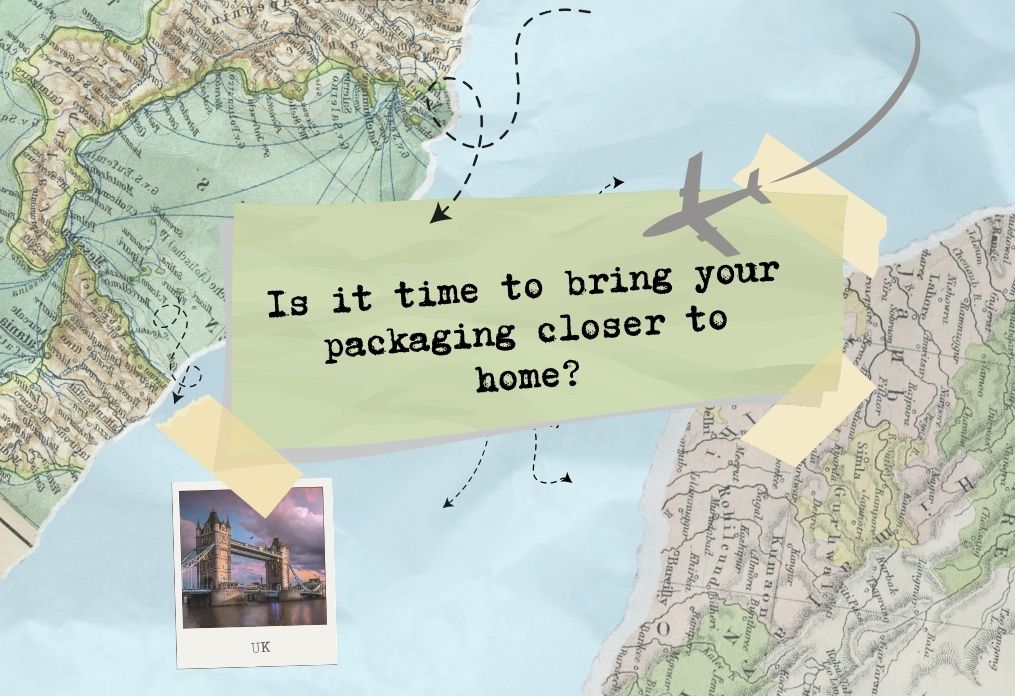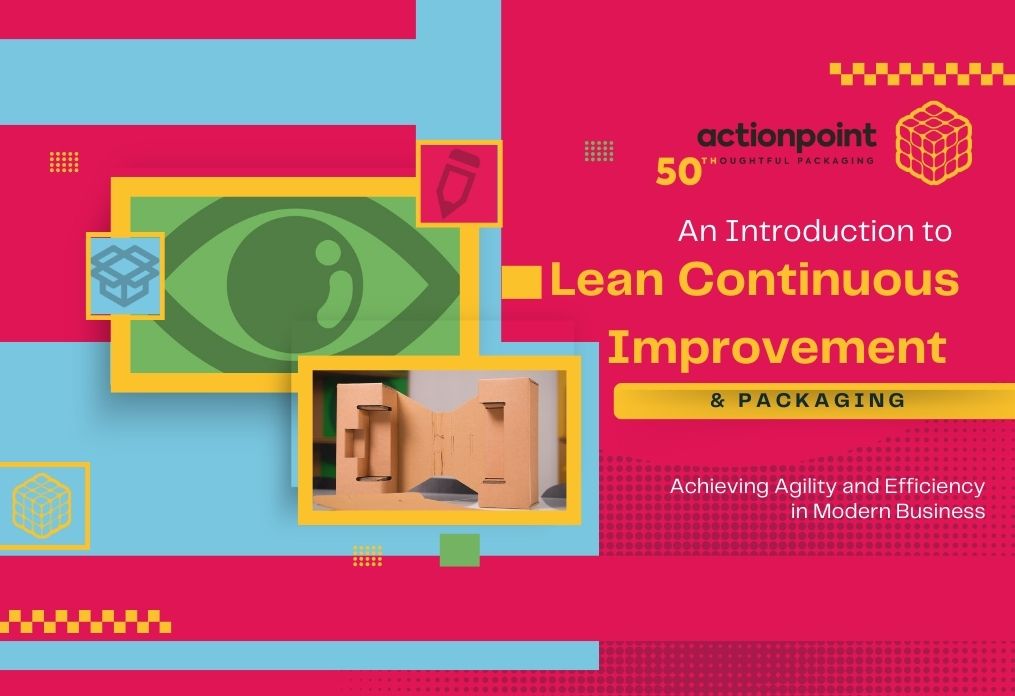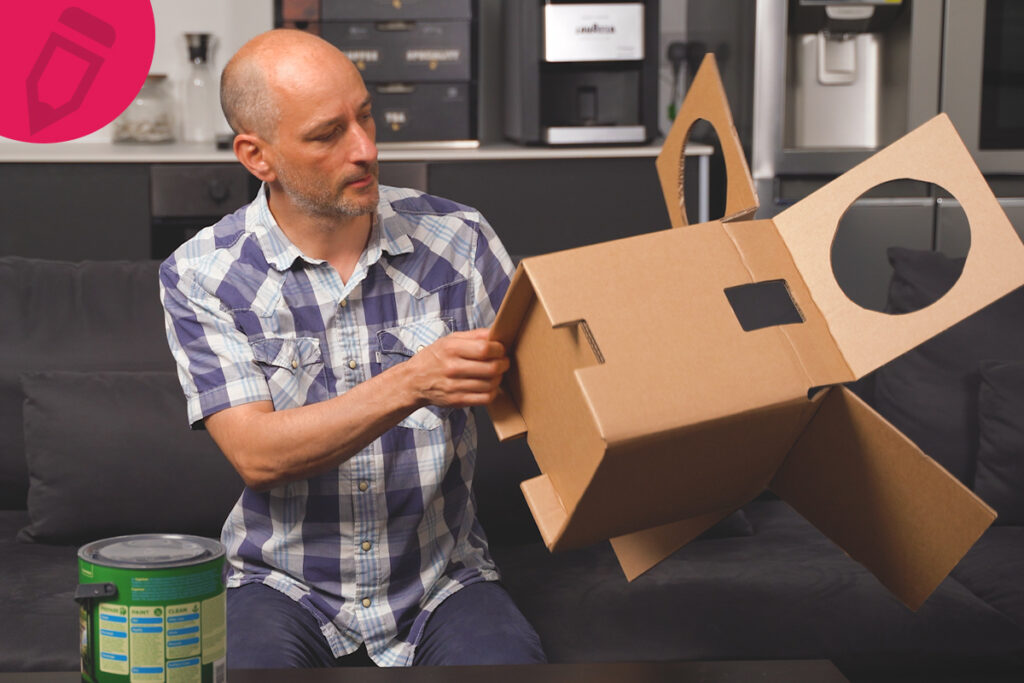Sales environments
Different sales environments have a large impact on product packaging design. For instance, to sell effectively online requires different features from effective on-the-shelf sales in a bricks and mortar sales environment. Your goal is to make your product packaging say, “Buy me – I’m your best option!” – in each of its sales environments.
It’s surprising how often shoppers pick products off the shelves and hold them – sometimes to read the label more closely. Holding a product enables a consumer to subconsciously ‘weigh up’ the product – feeling its physical weight, including that of its packaging. Likewise, the sense of touch imparts a lot about the texture of the product and its packaging, which conveys messages about its quality.
However, in an online shopping environment, consumers are unable to physically touch the products. If your products are to be sold online this means that their packaging needs to really stand out on the screen. Graphics, typography and colour palette are therefore highly important.
In a physical shopping environment, shelf impact becomes vital. Your products will never be seen alone – they will often be located amongst competing products.
This picture shows how products often appear on supermarket shelves.

Due to products being arranged in rows and columns, and consumers viewing distance from the shelves, the patterns created by the rows or columns of a product’s packaging have a high impact on sales. Often it is the pattern which attracts the consumer’s attention first, and he then decides to have a closer look at the product.
So it is very important to see how your proposed packaging designs appear among other products. It is a good idea to actually test this out, by placing them on a shelf alongside others – use several rows and columns of each product. It can be surprising how some of the best-looking individual designs just merge in and ‘disappear’ among the surrounding products – while some of the more simple designs really stand out!
You may also want to consider whether any outer packaging for your product could convert into attractive merchandising or display units – this can assist distributors and retailers, and in turn increase your product sales.




